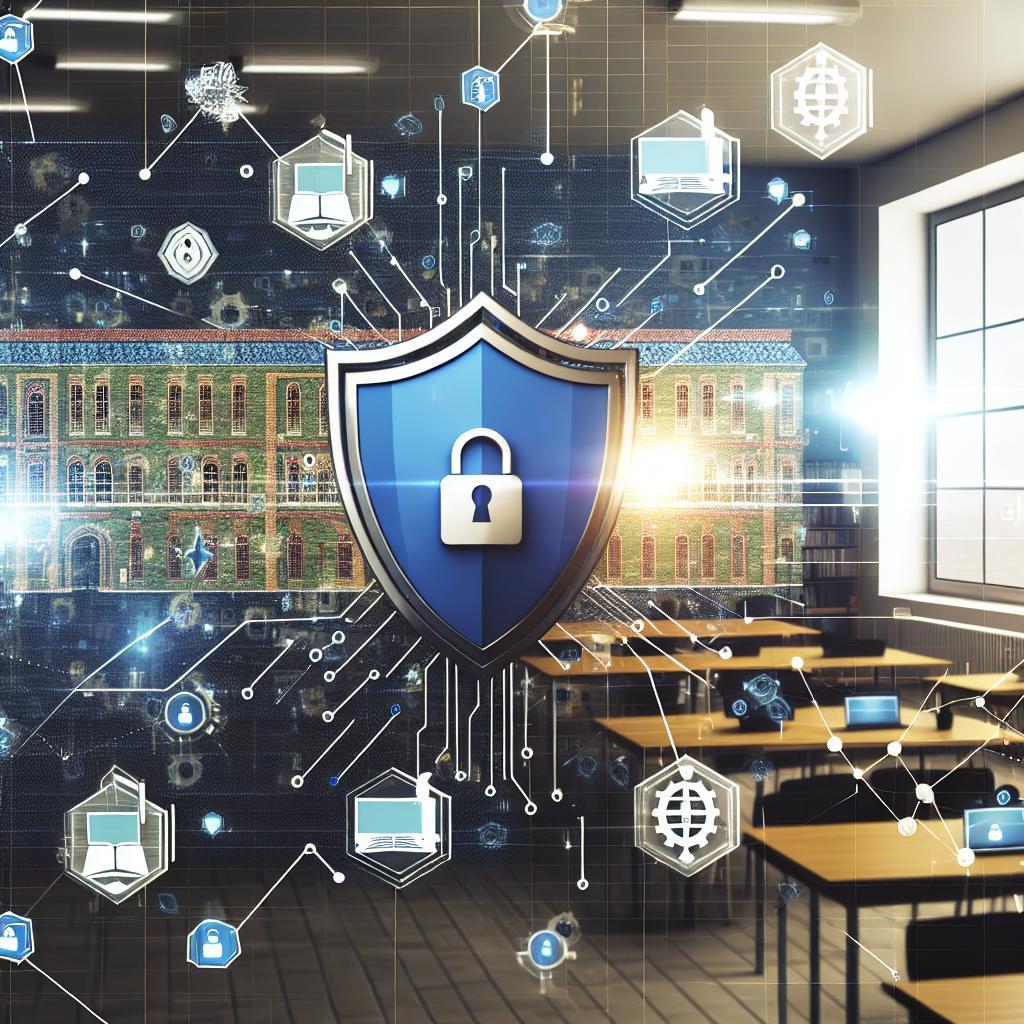– How has the evolution of cybersecurity impacted businesses and individuals?
The Evolution of Cybersecurity: Staying Ahead in an Ever-Changing Landscape
In today’s digital age, cybersecurity is more important than ever. With cyber threats becoming increasingly sophisticated, it is crucial for individuals and businesses alike to stay informed and proactive in protecting their data and confidential information. The evolution of cybersecurity has seen significant advancements over the years, from basic firewalls to advanced artificial intelligence systems. In this article, we will explore the journey of cybersecurity, its current state, and what the future holds in store.
The Early Days of Cybersecurity
Cybersecurity first emerged as a concept in the early 1970s, with the advent of the internet and the increasing use of computers. Initially, basic security measures such as firewalls and antivirus software were employed to protect systems from malicious attacks. However, as technology advanced, so did the threats, leading to the development of more sophisticated cybersecurity solutions.
Key Developments in Cybersecurity
1. Cryptography: The use of encryption to secure data transmissions and prevent unauthorized access.
2. Intrusion Detection Systems (IDS): Tools that monitor network traffic for suspicious activity and alert system administrators.
3. Security Information and Event Management (SIEM): Platforms that collect and analyze security data to detect and respond to threats.
4. Machine Learning and AI: Advanced technologies that can predict and prevent cyber attacks in real-time.
The Current State of Cybersecurity
In today’s digital landscape, cybersecurity is a multi-billion dollar industry, with companies investing heavily in the latest technologies to protect their sensitive information. The rise of cloud computing, IoT devices, and remote work has made cybersecurity more challenging, as attackers have more opportunities to exploit vulnerabilities. However, advancements in AI and machine learning have also enhanced the ability to detect and mitigate threats before they cause harm.
Challenges in Cybersecurity Today
1. Phishing Attacks: Deceptive emails and messages designed to trick individuals into revealing sensitive information.
2. Ransomware: Malicious software that encrypts data and demands payment for its release.
3. Insider Threats: Employees or contractors who intentionally or unintentionally compromise security.
The Future of Cybersecurity
As technology continues to evolve, so too will cybersecurity. The future of cybersecurity will see even greater integration of AI and machine learning, as well as the use of blockchain technology for secure transactions. With the rise of quantum computing, new challenges and opportunities will arise, requiring constant adaptation and innovation.
Benefits of Investing in Cybersecurity
1. Protection of sensitive data and intellectual property.
2. Maintaining customer trust and loyalty.
3. Regulatory compliance and avoiding costly fines.
Conclusion
the evolution of cybersecurity has been a constant battle between attackers and defenders, with both sides continually arming themselves with the latest technologies. Staying ahead of cyber threats requires a proactive approach, constant vigilance, and a willingness to adapt to new challenges. By investing in robust cybersecurity measures and staying informed of the latest trends, individuals and businesses can protect themselves from malicious attacks and safeguard their digital assets for years to come.







